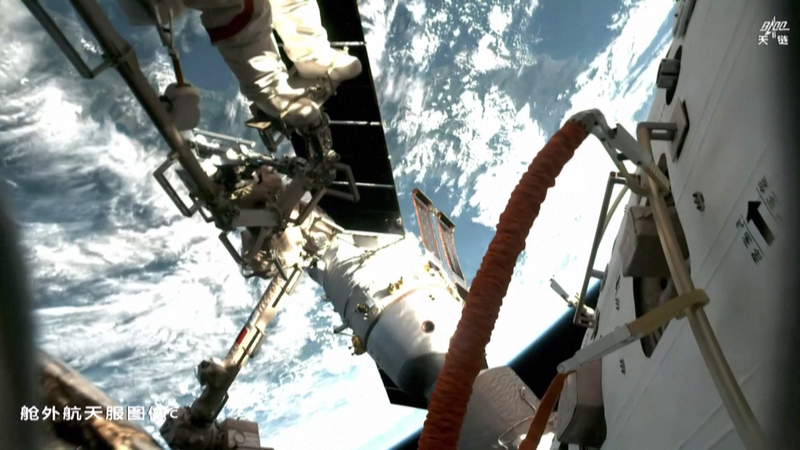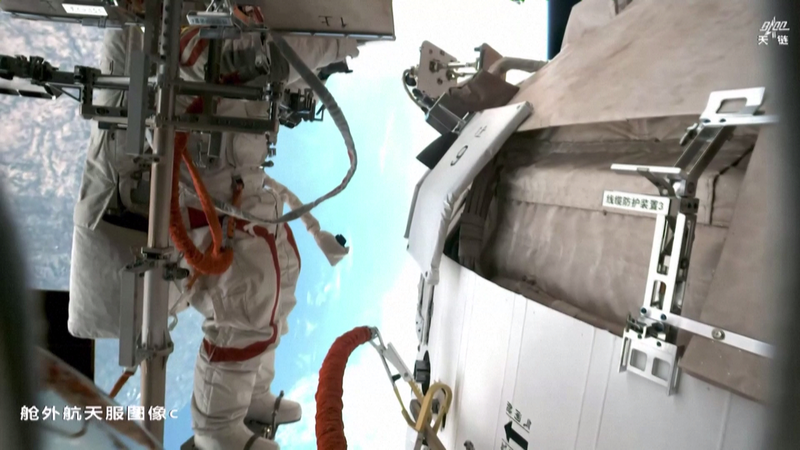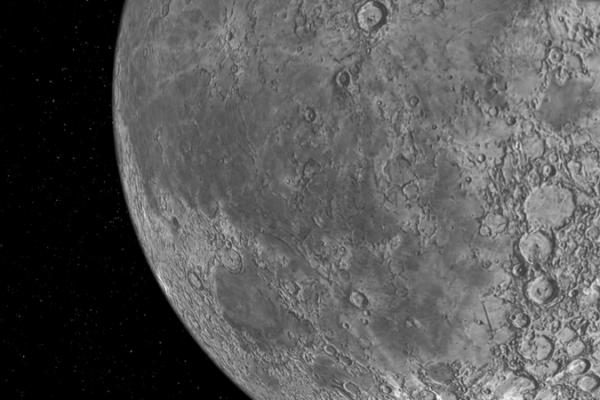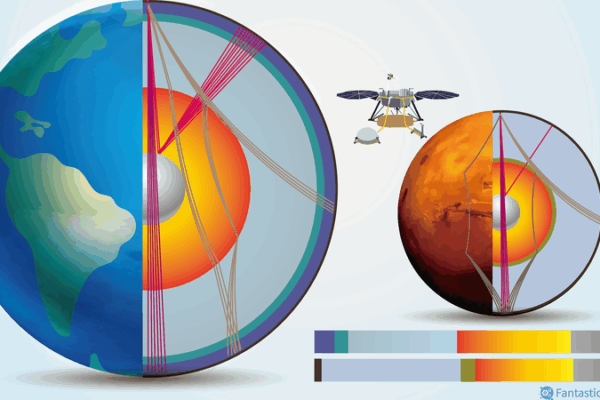
Einstein Probe Reveals Cosmic ‘Fireworks’ Across the X-ray Sky
Since January 2024, China’s Einstein Probe has uncovered rare X-ray transientscosmic ‘fireworks’ that last from seconds to weeksshedding light on explosive events across the universe.
My Global News: Voices of a New Era
🌍 Stay Ahead, Stay Global 🚀

Since January 2024, China’s Einstein Probe has uncovered rare X-ray transientscosmic ‘fireworks’ that last from seconds to weeksshedding light on explosive events across the universe.

Scientists from the Chinese mainland have retrieved 46.67kg of samples from the space station, analyzing biological, materials and combustion experiments to advance lunar exploration.

Mice astronauts aboard Shenzhou-20 landed back on Earth on November 14, 2025, after nearly two weeks in orbit. On-site studies pave the way for future space biology research.

China’s Shenzhou-20 crew has spent 188 days in orbit, set to break the longest Chinese space mission record while completing six EVAs and pioneering science experiments.

Researchers from Guangzhou Institute of Geochemistry identified rare meteorite relics in Chang’e-6 moon samples, offering fresh insights into Solar System mass transfer.

China’s Shenzhou-20 crew gears up for a fourth spacewalk to match Shenzhou-15’s record, advancing orbital research and testing new tech on the Chinese space station.

New research by mainland Chinese experts reveals shallow lunar landslides since 2009, driven by moonquakes and clustering near the Imbrium Basin, paving the way for targeted seismometer missions.

International team reveals Mars has a solid inner core of iron, nickel and light elements, offering clues to the Red Planet’s magnetic history.

New analysis of Chang’e-6 lunar samples reveals the moon’s far side mantle is drier and in a lower oxidation state than its near side, reshaping our view of lunar evolution.

China’s Shenzhou-20 crew drives space science forward after 3 months in orbit with plant cultivation, cellular biology, robotics, and gas-resistance fitness tools.